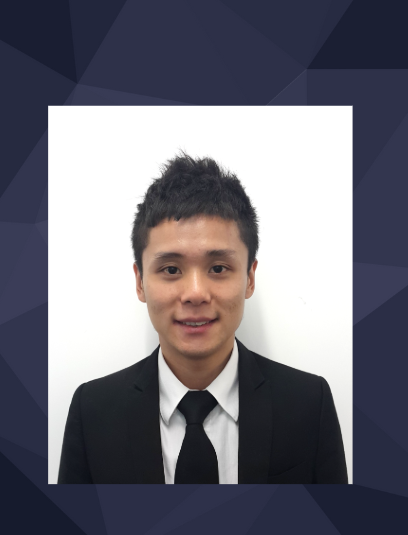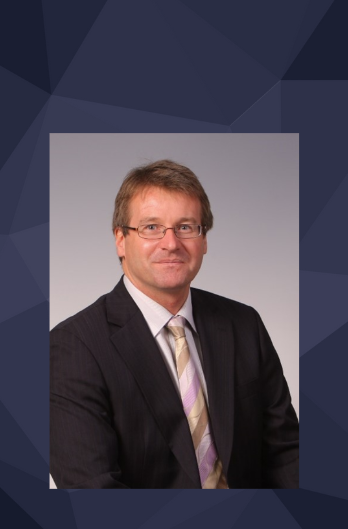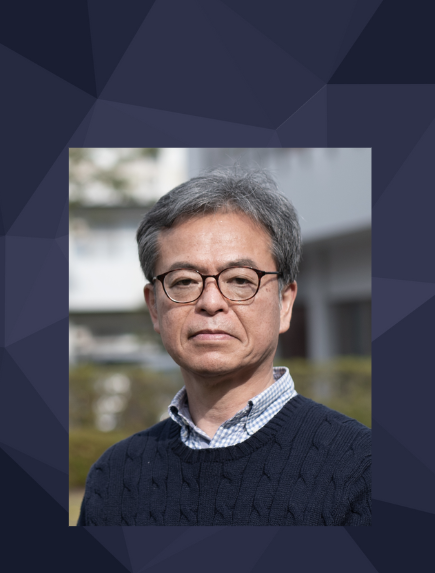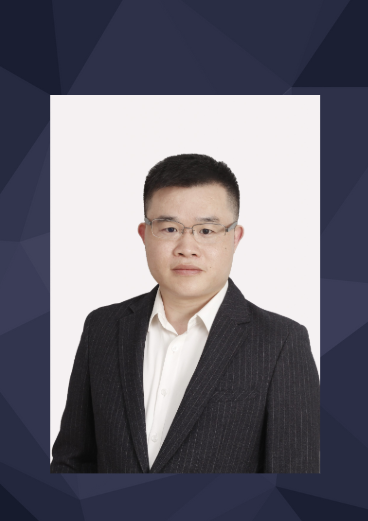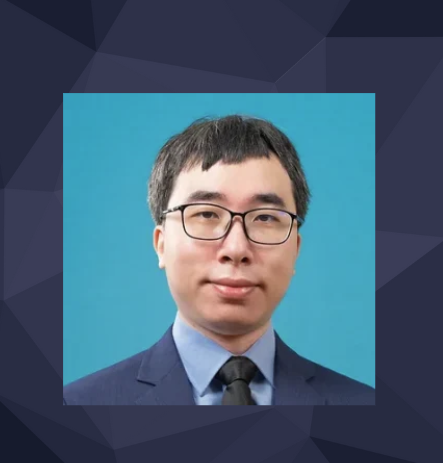TechTalk – Healthcare Decision-Making: From Data to Solutions and Insights
May 09 2024 (Thursday) 4:30-5:30pm
Every day, numerous decisions must be made in healthcare systems, addressing a wide range of issues, including patient admissions, physician assignments, operating room scheduling, pharmaceutical inventory control, and ambulance dispatch. Conventionally, these decisions are made by experienced experts. However, human decision-makers may face challenges such as the unavailability of complete information, rapidly changing healthcare environments, personal biases, and prompt responses to medical emergence. Additionally, decision-makers often struggle to evaluate the effectiveness and possible consequences of their decisions.
This talk will introduce a set of scientific and systematic tools that leverage operations research techniques (originally developed to solve decision-making problems during World War II) and data collected in healthcare systems. The talk will begin with an overview of traditional healthcare decision-making approaches before delving into data-driven methodologies that have emerged in recent years. Subsequently, the speaker will share his experience over the years in tackling decision-making problems in healthcare systems in Hong Kong and the region, including emergency department patient flow modelling and optimization, medical appointment scheduling, vaccination strategies, and healthcare logistics. Finally, potential future directions for addressing healthcare decision-making challenges will be explored.
The supports by HKRGC (Refs: 27200419; 17204823; F-HKU704/22) and HMRF of the Health Bureau (Refs: 14202115; 21222881) for the projects to be presented in this talk are greatly acknowledged.

